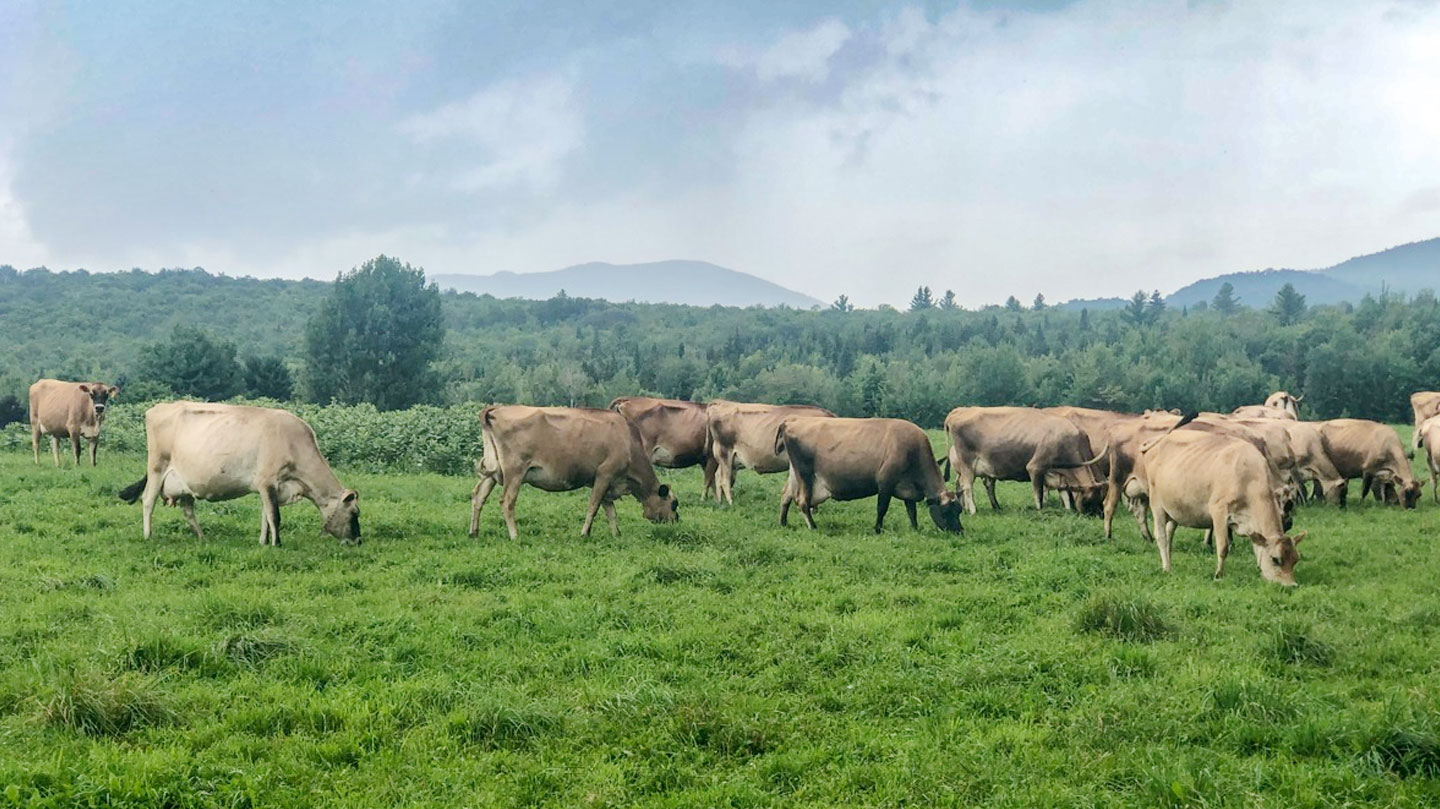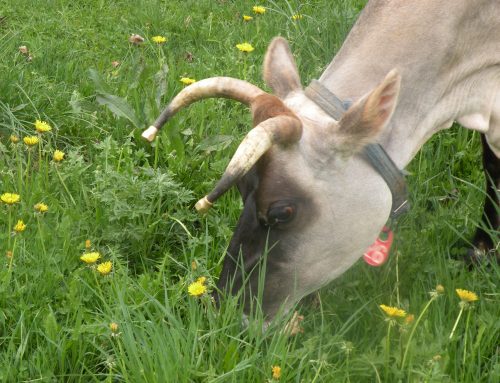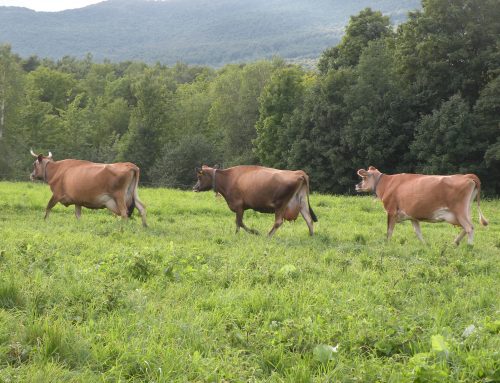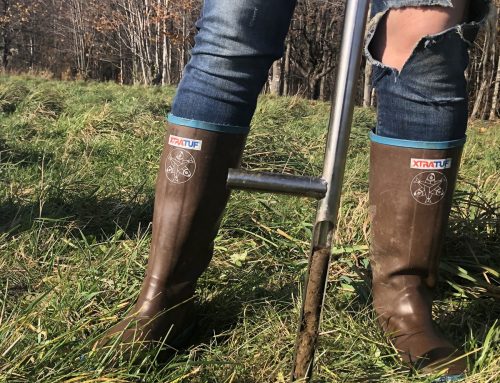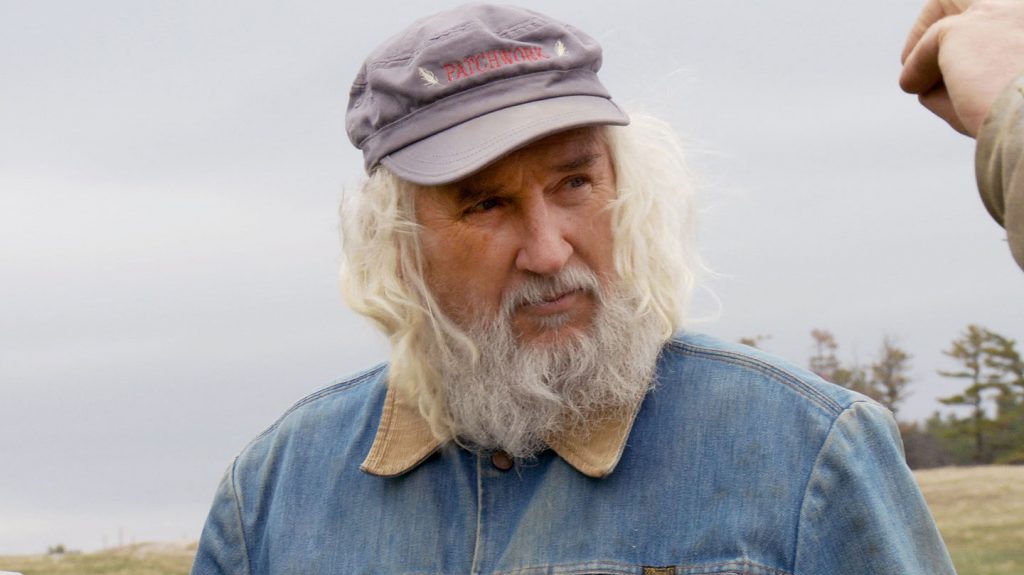Incredible advances have been made in agricultural productivity in the last half century.
Crop yields have soared. Output in pounds of meat and milk has doubled and even tripled in many cases. Improved plant breeding and genetic selection have only been partially responsible for these increases. The widespread adoption of salt based nitrogen fertilizers has pushed crop yields beyond all expectations. Average corn yields have climbed from 80 bushels per acre in the early sixties to over 160 bushels today. Many corn growers consistently achieve 200 plus bushel yields.
We have paid a price for the green revolution. For every one part of N that a plant absorbs as nitrate, twenty to thirty parts of carbon are needed to complete the assimilation. Large and continuous applications of nitrogenous fertilizers like urea, MAP, DAP, ammonium nitrate, and anhydrous ammonia have resulted in the loss of over half the earth’s soil carbon reserves since 1950. Simply put, we are burning up soil humus and organic matter at an alarming rate. I have observed soils in my neighborhood turn from chocolate brown to a bleached white appearance where corn silage has been grown continuously for the past 25 years.
Carbon is the forgotten element in modern agriculture. While calcium moves other minerals around and phosphorous promotes root development, carbon is responsible for structure. Calcium and magnesium are held in carbonate form in limestone. Modern dairy farming has gone to a liquid manureslurry regimen for the sake of speed and efficiency. Straw or wood product bedding is virtually absent in the modern freestall barn. Too much bedding would not allow the manure to travel through pumps. Manure pits and liquid systems were designed to keep manure out of streams, rivers, and lakes. Why is it that Lake Champlain is so much more polluted by phosphorous and farm runoff now than it was thirty years ago when solid manure was the norm on dairy farms?
It is my belief that we have changed the basic structure and nutrient holding capacity of our soils by the over application of low carbon slurry manure. The ground has hardened and doesn’t absorb water like it did at one time. Manure leaves the back of a cow charged up with bacteria from the digestive process. Mix this product with urine and rain water in an anaerobic pit and you have transformed a once benign substance (“cow shit”) into a low grade chemical fertilizer. It is soluble and “salty” which means that it has a high rate of conductivity—just like its chemical cousins urea and ammonium nitrate. Liquid manure needs to be applied after every cutting of hay to insure a decent harvest. One application of the manure of yesteryear would sustain good hay yields for a year or two. Hydrogen sulfide laden slurry only promotes the rank growth of grasses which like to suck up soluble nutrients. Solid manure, on the other hand, sustains a much more diverse population of legumes and grasses.
Carbon and humus in the earth’s mantle or crust are like the lungs of the planet. A breathing earth can handle the extremes of flood and drought, by storing moisture in dry times or wicking it away in wet spells. I wonder if the increasingly erratic weather that we have experienced in the last few decades might be related to the earth’s difficulty breathing. Humus is all about flexibility in the soil environment. Glomulin, a byproduct of humus, is the glue that hold soil particles together. High humus soils don’t wash away or lose their structure in heavy rainfall events.
In Vermont, the methane digester on the large industrial dairy farm has become synonymous with sustainable agriculture. Supporters of anaerobic digestion tout the production of electricity and conservation of manure nutrients as a win-win situation.
Manure solids are separated and can be reused as bedding, saving lots of money. Sure, your N,P, and K are still there in the odor-free liquid byproduct, but you have removed carbon and hydrogen in the form of methane-CH4. It is so easy to forget carbon. Not all greenhouse gases come from tailpipes or smokestacks. Burned up soil carbon ends up in the atmosphere as well. By decarbonizing our soils on this earth, we are chipping away at the foundation or “structure” beneath us. Extreme weather and global climate change are the result of our understory being weakened as we watch our house fall down.
I suggest that we go to the next step beyond organic agriculture and embrace the likes of “humus farming” as described by British visionaries Sir Albert Howard, Friend Sykes, and Newman Turner. How much carbon can we take out of the sky and lock up in the earth’s crust as humus- “stable microbial protoplasm” –under our feet? It has been stated that raising the average organic matter content of the earth’s soils by 1% would go a long way to reducing the greenhouse problem.
On my own dairy farm, we have been housing our Jersey cows on a bedding pack of straw and bark since 2001. Our 60 x 120 foot long hoop barn houses about 80 head of cows from early November to early May. Fresh straw is spread every morning and evening. Occasionally, hard wood bark and rock phosphate are added. By spring, the “pack” is 5 to 6 feet deep. The top foot or so is actively composting which transmits heat to the animals when they lie down. The beauty of the bedding pack is that it is spongelike. No urine leaches through. The basic principle is that the soluble salts in the urine and the manure are buffered by the high amount of carbonaceous material in the bedding.
We clean out our pack barn after the first cut of hay is finished. Every bit of material goes through manure spreaders into compost windrows. Within eight hours of deposit, windrows reach a temperature of 150-160 degrees Fahrenheit. Each season, we produce 12 -14 250 foot windrows of compost. The compost is turned several times during the summer and applied to our land in September when there is still plenty of biological activity in the soil. Each year, compost is applied to about 125 acres of our farmland.
Organic matter levels on our farm average about 7%. Our hayfields embody a diverse population of grasses and legumes which produce well in both wet and dry conditions. Protein and energy levels as well as digestibility of our hay are excellent. Concentrating on the carbon cycle of our farm has really paid off. When we take care of the earth, it takes care of us.
KEEP UP WITH BUTTERWORKS FARM
Sign up for our MOOsletter
The latest news, product announcements, and recipes directly to your inbox.
